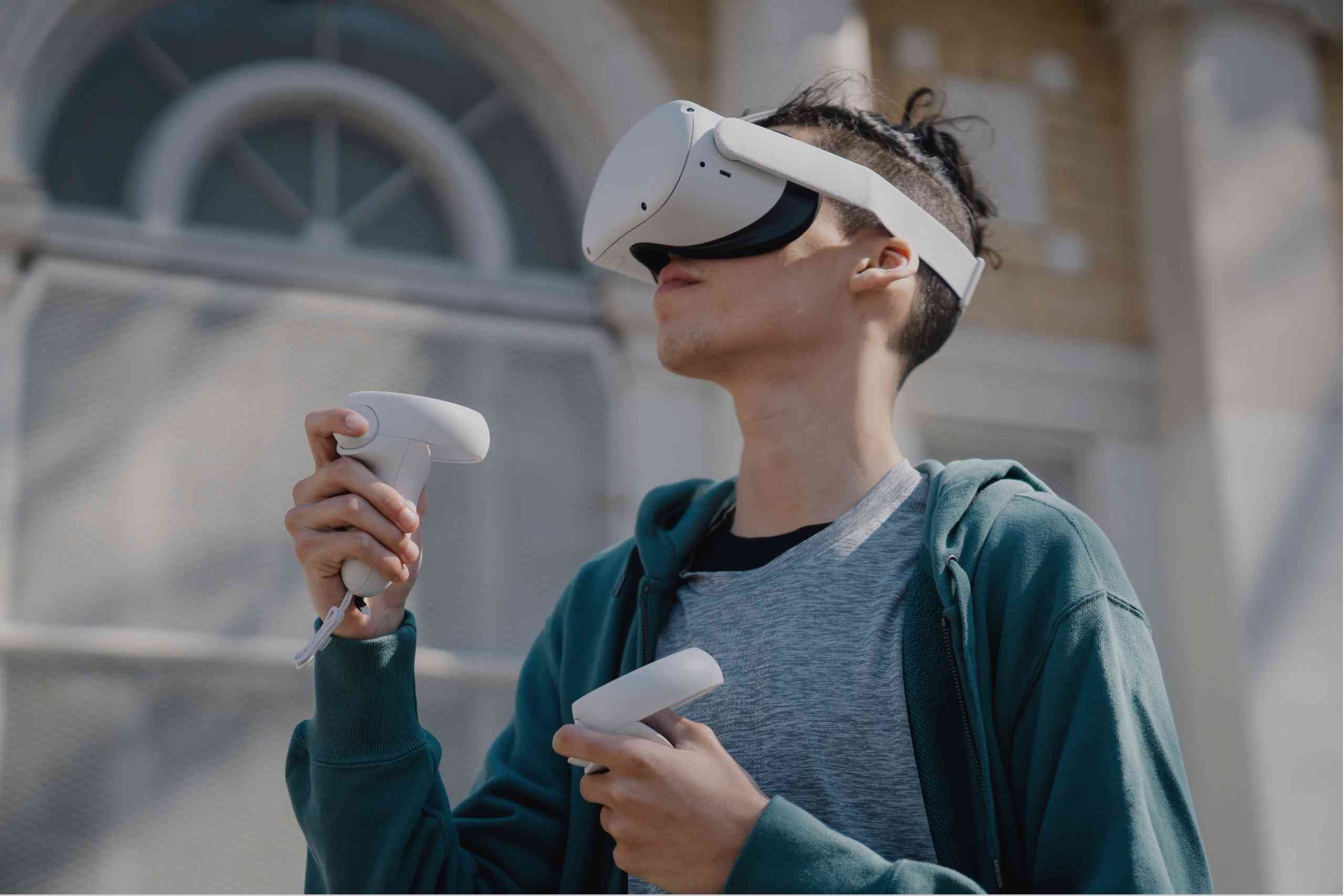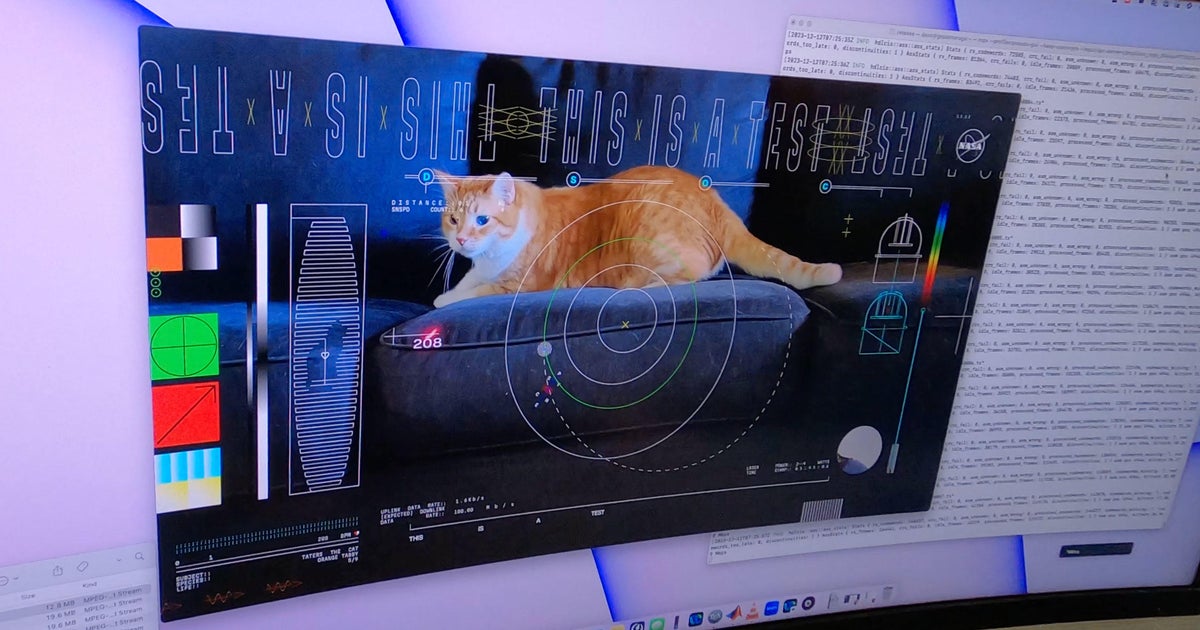The Future of Virtual Reality: How It Will Change the Way We Live And Work
Virtual reality (VR) promises to revolutionize how we live and work. It will create immersive experiences and enhance productivity.
Virtual reality technology is advancing rapidly. It offers new ways to engage with digital environments. VR can transform industries like education, healthcare, and entertainment. Students can explore virtual classrooms and gain hands-on experience. Medical professionals can perform virtual surgeries for training.
VR also enables remote work, making virtual meetings more interactive. Enhanced collaboration and creativity are possible through VR tools. VR gaming and entertainment provide unparalleled immersive experiences. Businesses can create virtual storefronts and product demos. As VR becomes more accessible, it will profoundly impact our daily lives and work environments. The future of VR is bright and full of potential.
The Rise Of Virtual Reality
Early virtual reality (VR) devices were large and expensive. These early devices were used for research and training. Engineers and scientists built the first VR systems in the 1960s. They used VR to train pilots and astronauts. Early VR systems were not very realistic. They had simple graphics and slow computers.
Today, VR is more advanced and accessible. Companies like Oculus and HTC make affordable headsets. People use VR for gaming and entertainment. VR is also used in education and healthcare. Doctors use VR to practice surgeries. Teachers use VR to make learning fun. VR technology is getting better every year. Graphics are more realistic and headsets are more comfortable.
Impact On Entertainment
Virtual Reality (VR) is changing games. Players can now enter game worlds. They become part of the story. Immersive experiences make games more fun. Realistic graphics and sounds are key. Social gaming is also growing. Friends can play together in VR. This makes gaming more interactive.
Virtual cinemas let you watch movies at home. You can feel like you are in a real theater. 3D and surround sound make it better. You can also watch with friends. Each person can be in their own home. Comfort and convenience are big benefits. No travel is needed to enjoy a new movie.
Transforming Education
Virtual Reality (VR) offers a new way to learn. Students can explore historical places without leaving their homes. Complex subjects become easier to understand with 3D visuals. This makes learning fun and engaging.
Teachers can use VR to create interactive lessons. This helps students grasp difficult concepts quickly. Learning becomes a shared experience for students around the world.
Virtual classrooms bring students and teachers together in one space. Geographical boundaries no longer matter. Students can attend classes from anywhere.
VR classrooms offer real-time interaction. This makes lessons more engaging. Students can ask questions and get instant feedback. This creates a more dynamic learning environment.
Virtual Workspaces
Virtual Reality (VR) makes remote collaboration easy. Team members can meet in a virtual room. This room feels like a real office. They can share ideas in real-time. VR removes the need for travel. This saves time and money. People can work together from anywhere in the world.
A virtual office is a digital workspace. Employees use VR headsets to enter this space. This office looks and feels real. People can interact just like in a physical office. They can attend meetings, work on projects, and chat. This makes working from home feel more connected.
Healthcare Innovations
Virtual Reality (VR) is helping people with mental health issues. It creates a safe space for therapy sessions. Patients can face their fears in a controlled environment. Therapists guide them through interactive scenarios. This can help reduce anxiety and stress. VR therapy is effective for phobias, PTSD, and depression.
VR provides realistic training for medical students. They can practice surgical procedures without risks. This helps them become more skilled and confident. VR also offers detailed anatomical models. Students can explore the human body in 3D. This makes learning more engaging and effective. Simulations prepare them for real-life situations.
Challenges And Opportunities
Virtual Reality technology is still evolving. Current hardware can be bulky and uncomfortable. Most VR headsets are expensive. They also require powerful computers to run. Battery life is often short. Motion sickness is a common issue for many users. These technical limitations need to be addressed. Developers are working on lighter and more affordable devices. Advances in software can help reduce motion sickness. Progress is being made, but challenges remain.
The future of Virtual Reality holds exciting possibilities. Education can be transformed with immersive lessons. Remote work can become more interactive. Healthcare can benefit from virtual therapies. Entertainment will offer new levels of engagement. Social interactions could take place in virtual worlds. Training programs can simulate real-life scenarios. Tourism can offer virtual travel experiences. The potential is vast and limitless.
Conclusion
Virtual reality will revolutionize our lives and workplaces. It promises new ways to interact, learn, and work. The potential is limitless. Embrace the change and prepare for a future where virtual and real worlds blend seamlessly. Stay informed and ready to adapt to these exciting advancements.







